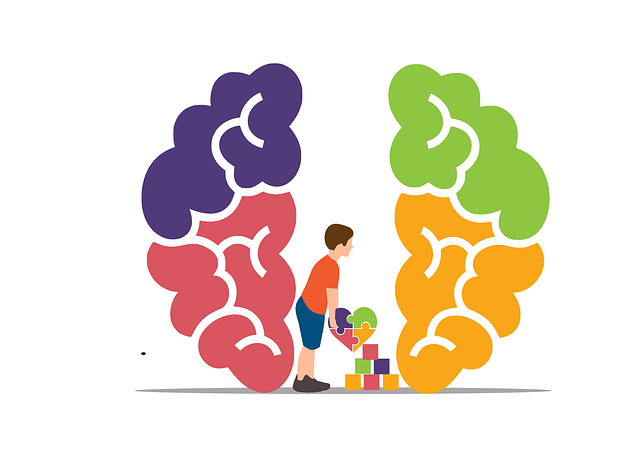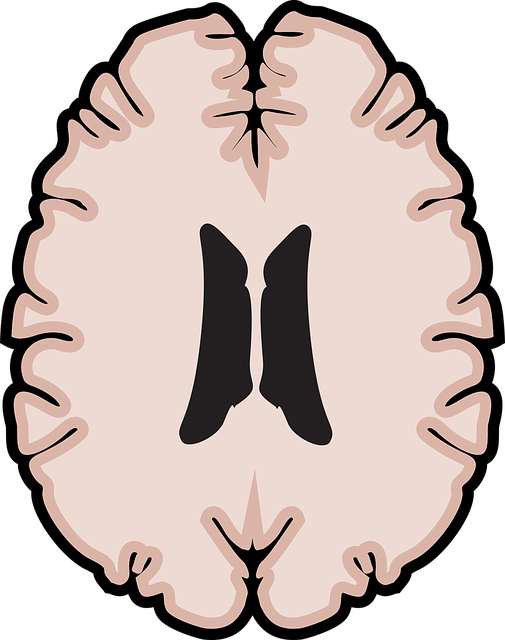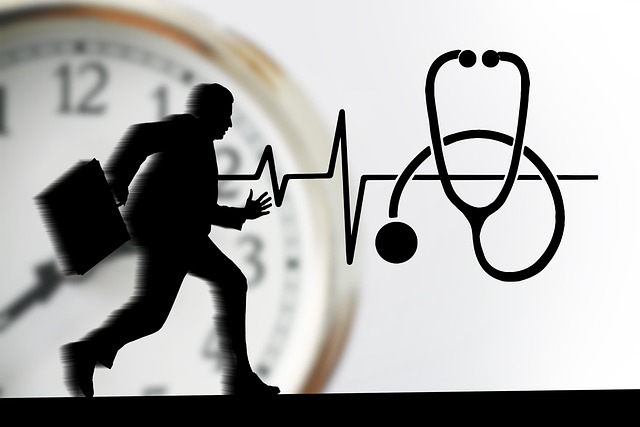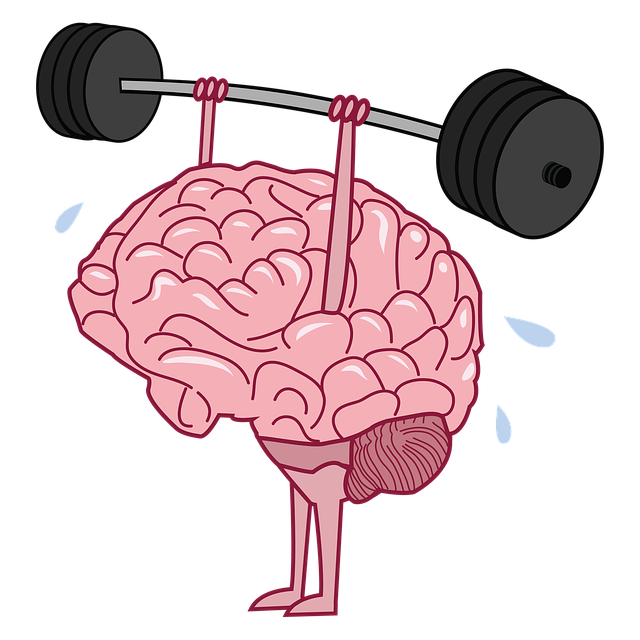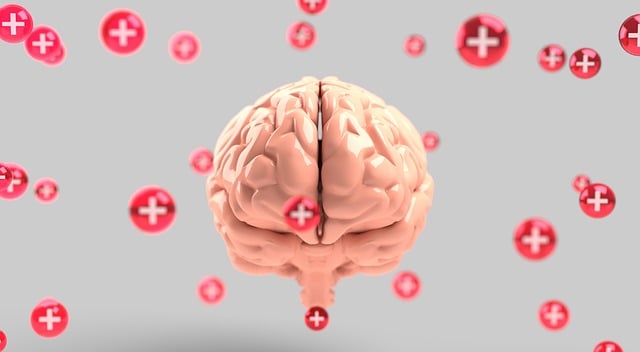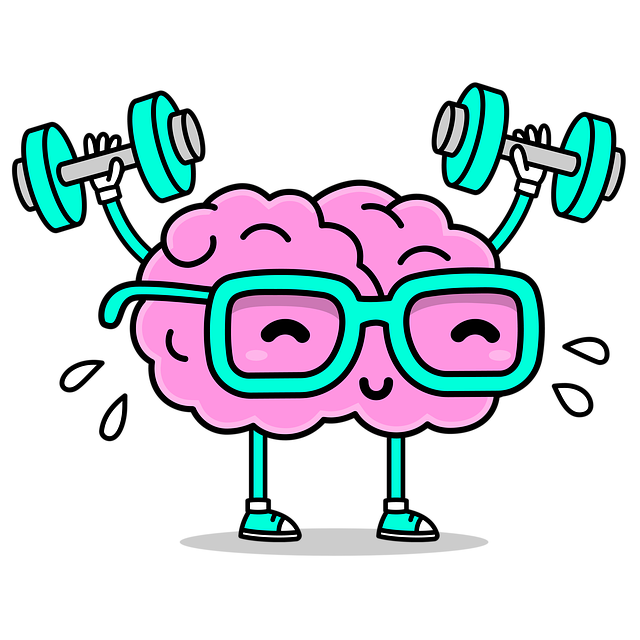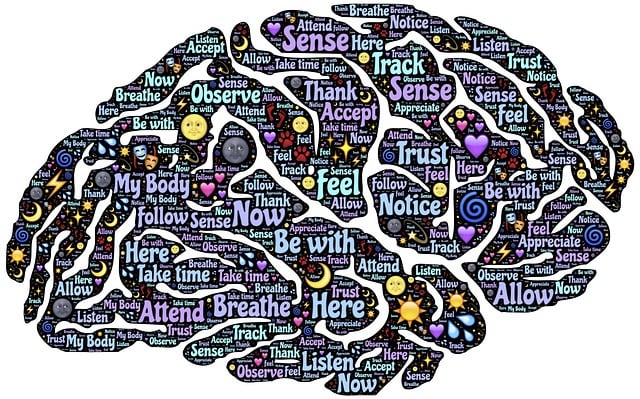Early recognition of psychosis in children aged 10+ is key through behavioral changes like decreased self-esteem and isolation. Intervention includes specialized CBT therapy, family support, and community education to dispel stereotypes. Advocacy groups integrate conflict resolution into risk management plans, emphasizing tailored therapies and resilience-building for improved mental health outcomes in young psychosis patients.
Mental health advocacy is a vital area of focus, especially when it comes to young minds. This article explores critical initiatives aimed at recognizing and supporting children experiencing psychosis. We delve into early detection strategies, highlighting the significance of identifying signs in childhood. Additionally, we examine therapy’s role in treatment, focusing on effective approaches for young patients. Through education and community support, we can navigate resources to advocate for better mental health outcomes for kids affected by psychosis.
- Recognizing Early Signs of Psychosis in Young Children
- The Role of Therapy in Treating Childhood Psychosis
- Building Awareness: Education and Community Support
- Navigating Resources for Effective Mental Health Advocacy
Recognizing Early Signs of Psychosis in Young Children

Recognizing the early signs of psychosis in young children is a critical step in ensuring timely intervention and support for their mental health. Children as young as 10 or 12 can start experiencing symptoms that may indicate the onset of psychotic disorders such as schizophrenia. This is where early identification becomes crucial, enabling parents, educators, and healthcare providers to initiate therapy for young children affected.
Through observation, it’s possible to notice changes in a child’s behavior, such as a decline in self-esteem improvement, increased isolation, or difficulty concentrating. These red flags may suggest underlying issues requiring professional attention. Intervening early allows for the development of coping skills that can help manage stress and prevent psychosis from progressing. This proactive approach not only improves outcomes but also empowers children to navigate challenges more effectively.
The Role of Therapy in Treating Childhood Psychosis

Early intervention is key when it comes to treating childhood psychosis, and therapy plays a pivotal role in this process. For young children experiencing psychotic symptoms, specialized therapeutic approaches can be life-changing. These include evidence-based practices like cognitive-behavioral therapy (CBT), which helps identify and change negative thought patterns and behaviors associated with psychosis. By teaching children coping strategies and enhancing their problem-solving skills, CBT empowers them to better manage their symptoms.
Additionally, family therapy sessions can provide a supportive environment where parents or caregivers learn effective communication techniques and crisis intervention guidance. This approach not only strengthens the child’s support system but also fosters understanding and reduces stigma. Organizations specializing in mental health advocacy often conduct stress management workshops and healthcare provider cultural competency training to ensure that both families and professionals are equipped to navigate the complexities of childhood psychosis, ultimately improving long-term outcomes for these young individuals.
Building Awareness: Education and Community Support

Mental health advocacy initiatives play a pivotal role in fostering understanding and support within communities. One key aspect is mental health awareness, which involves educating people about various mental health conditions, including psychosis in young children. By breaking down stereotypes and misconceptions, these efforts empower individuals to recognize early signs and offer appropriate support. Community support systems, such as peer groups and educational programs, further strengthen the network of care.
Additionally, risk management planning for mental health professionals is essential to ensure safe and effective practice. Incorporating conflict resolution techniques into this framework facilitates smooth interactions with clients, promoting a therapeutic environment. Through these combined strategies, communities can build a more inclusive and supportive ecosystem that addresses mental health challenges proactively, including the early intervention of psychosis in children.
Navigating Resources for Effective Mental Health Advocacy

Navigating resources for effective mental health advocacy is a complex yet essential task. It involves identifying and utilizing tools tailored to specific needs, such as therapy for young children experiencing psychosis. Early intervention is crucial in fostering resilience and mitigating the impact of severe mental health conditions. Self-awareness exercises and resilience building are powerful strategies that can be integrated into support systems, empowering individuals to manage their well-being proactively.
Advocacy also entails educating communities about mental health issues, breaking down stigma, and encouraging open conversations. Additionally, promoting anxiety relief techniques through accessible resources enhances overall mental wellness. By combining targeted interventions, such as therapy for young children with psychosis, with self-care practices and community engagement, advocates can contribute to a more inclusive and supportive environment for those facing mental health challenges.
Mental health advocacy is a multifaceted approach, encompassing early recognition, education, community support, and effective resource navigation. By addressing psychosis in young children through tailored therapy and fostering an informed environment, we can significantly improve outcomes and quality of life. Building awareness and connecting families with resources are vital steps towards creating a supportive network that promotes mental well-being for all.

